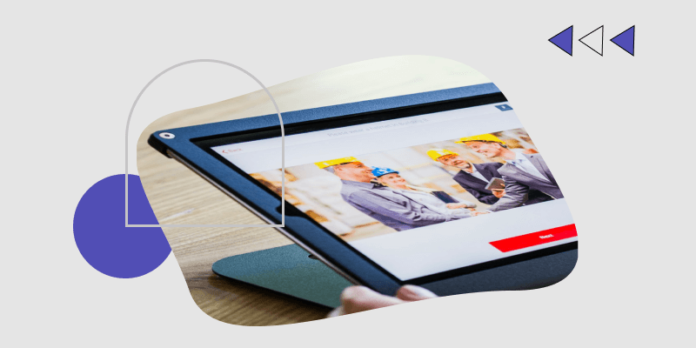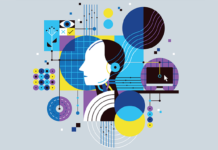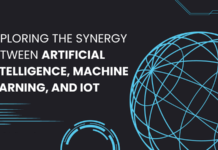Whether you’re searching for a workers comp insurance online quote or you’re playing around with AI art, artificial intelligence tools are already affecting the world around us in remarkable ways. But how will they affect the workplace over the coming years? Let’s take a look:
1. Reduce human errors
Human error is one of the most common causes of workplace injuries. When people are tired, stressed, or over-caffeinated, they pay less attention to their surroundings. That decrease in attention leads to an increase in mistakes – everything from missed deadlines to serious injuries.
AI doesn’t get tired, stressed, or over-caffeinated. Instead, it’s always (more or less) the same. With that ever-vigilant attention, AI can help reduce costly or dangerous mistakes by detecting fatigue, identifying hazards, and preemptively alerting those who are at risk. Ultimately, it leads to a reduction in human error and an increase in productivity.
2. Handle dangerous tasks
AI tools can improve the overall quality and efficiency of workplace robots that are already in use. This is particularly helpful when dealing with hazardous materials and environments; for example, exploring mines and scraping sewers. Both tasks can harm human health yet present no such risks to AI.
In addition, drones working with AI can be immensely helpful to the construction industry. Instead of risking a fall from a roof, drones can give a highly detailed bird’s eye view while human inspectors stay safe on the ground.
3. Monitor workplace harassment
Workplace harassment – especially sexual harassment – continues to plague many workplaces. In fact, up to 81% of female workers report feeling harassed at work. The percentages vary from industry to industry, but the general trend is distressing.
Luckily, AI can help. By using natural language processing (NLP), AI can scan workplace correspondence (emails, memos, messages, and more) and flag inappropriate material. Once flagged, that material can be sent to a manager who can determine whether any disciplinary action is warranted. Alongside identifying inappropriate messages, AI can uncover other workplace issues, such as unequal promotion practices.
4. Track the spread of viruses
The global lockdowns in response to the COVID-19 pandemic affected nearly all workplaces. Many businesses were closed. Those that weren’t had to comply with enhanced safety measures to stem the spread of the disease. If one employee got sick, that could quickly spread to everyone else.
Through effective employee tracking, AI can reduce that risk. This tracking can include the monitoring of vital signs and tracking of historical data to see where the virus might have spread. Ultimately, this keeps employees safe and businesses open.
5. Report accidents more effectively
Just as it can help employees report workplace harassment, so too can AI help employees report workplace accidents. The first one works by recognizing written language, and the second by recognizing voices.
If an employee sees an accident or injury, they can say what they see into a microphone. After the mic captures the employee’s voice, AI programs can transcribe it into a written report with all the relevant details. This not only improves how fast accidents can be reported, but it also improves the accuracy of the reporting. In short, it’s a win-win that saves time and money while enhancing workplace safety.
As AI technology grows, so will its use in the workplace. Whether that’s monitoring harassment, reducing mistakes, or taking over dangerous tasks, AI is bound to play a fundamental role in improving safety for businesses everywhere.








